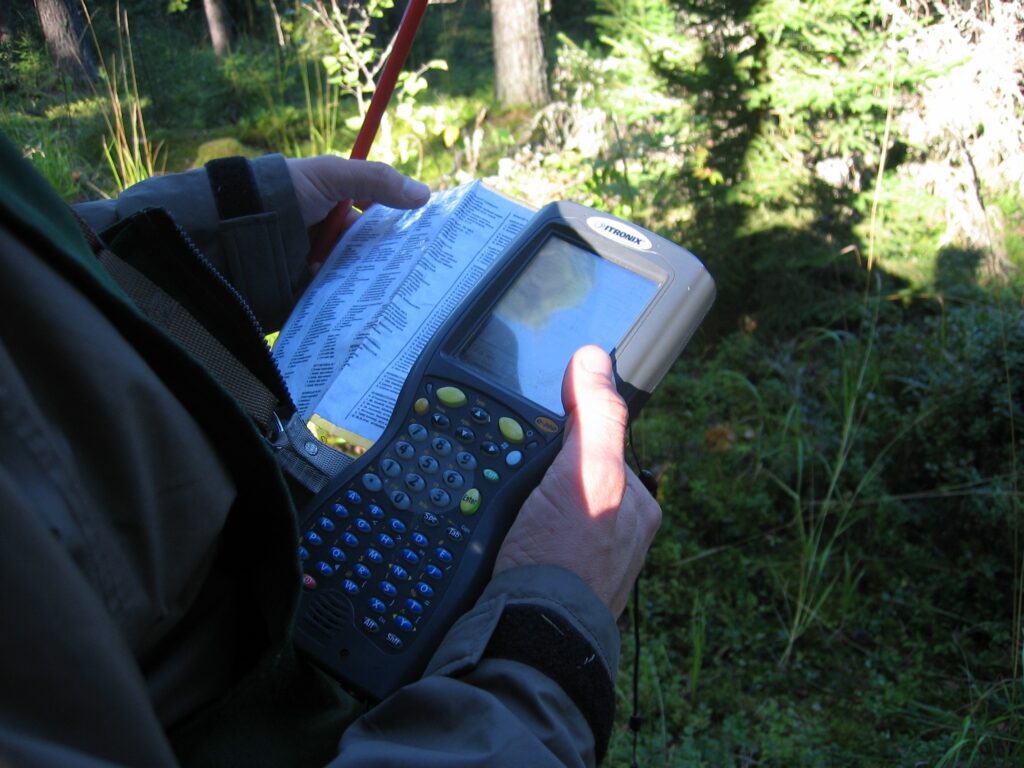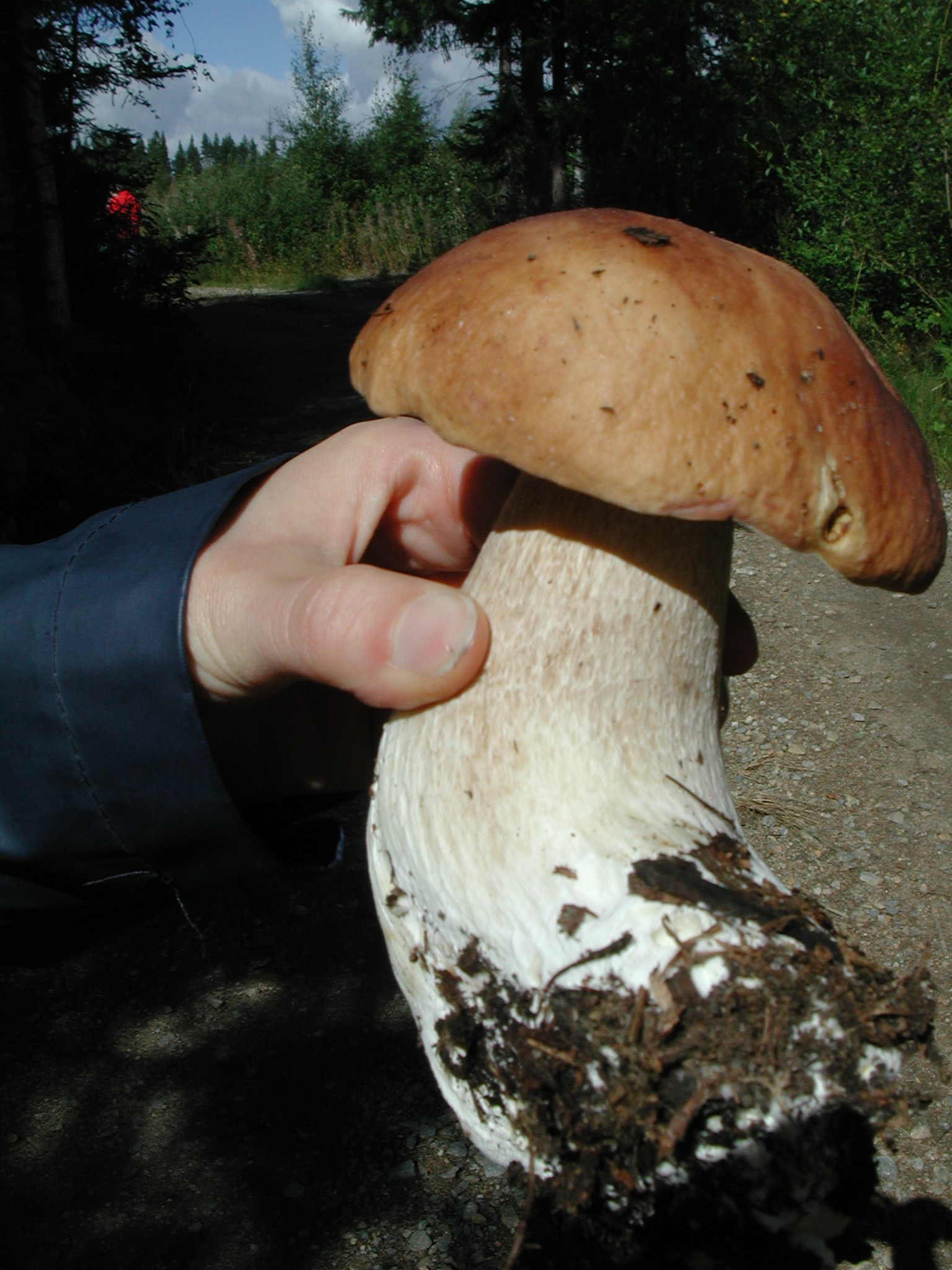Point of view: The Nordic forests – our trump card for climate work

Finland and Sweden should set a common strategic goal: to further increase forest growth, so that both timber stocks and logging of our forests can continue to increase.
Many environmental organisations recommend the opposite: that felling should be reduced and more forest saved, to preserve biodiversity and combat climate change. They mean well, but the facts speak for managed forests being managed to reap the greatest climate benefits.
Our managed forests have increased timber volume and growth over the past hundred years. Ever since forest nature management was prioritised in the 1990s, the number of dead trees in our forests has also increased and many animal species have become more common.
Moose, bear, wolf, wild reindeer, beaver, marten, lynx and many forest bird species have recovered. The Nordic forests are evermore teeming with species. This positive development is certainly going slowly, but it is going in the right direction.
Therefore, the primary conservation problem is not forest management as such, but rather the threat of climate change, because of increasing carbon dioxide concentrations in the atmosphere. Carbon dioxide emissions arise from coal and oil use and cement manufacturing.
We are worried about the ecosystems in the Arctic and along the northern tree line, where climate change can have extremely large effects.
We have to substitute the fossile raw materials
Thus, from a conservation viewpoint, we should strongly emphasize the significance of reducing coal, oil and cement use and replace them with renewable products. Moreover, it involves increasing efficiency and reducing consumption at the same time as we limit the use of coal, oil and cement.
This again, will not work, if we are not prepared to prioritise the use of renewable forest resources. It is time to realize that we must increase the timber stock in our forests, but we should not exceed the limit, where the annual increment of timber stock does not grow anymore.
Using forest biomass results in a significantly positive environmental impact. All products that are made using oil can be made with wood. We can also build bridges and high buildings out of wood.
As a by-product of the forest industry, we can produce large amounts of bioenergy, which can replace fossil fuels. By increasing the use of wood materials, we can reduce the use of coal, oil and cement, in a variety of ways.
However, everything that is made from coal, oil and cement cannot be replaced by forest products, unless forest growth increases above current levels. Here lies the real challenge – how can forest growth be increased further?
We need measures to create incentives for forest owners to participate in climate work.

Think globally, act locally
Finland and Sweden’s contribution to climate work has positive effects far beyond their own borders. The Nordic forest industry manufactures products for more than 200 million people, primarily within the European Union, but in North Africa and Asia as well, where there is are large human populations but only limited managed forest area.
If these people do not get lumber, packages, hygiene products and other forest products from the Nordics, they will get them elsewhere, although nowhere else it is possible to produce these products as environmentally as in Sweden and Finland.
We also know that then, a share of the needed resources certainly would come from untouched, primeval forests instead of our managed forests. This means that the more global demand can be met by Nordic forest products, the better it is for the environment.
Increasing production in our northern forests reduces the pressure on the untouched forests. We have an excellent opportunity to think globally and act locally.
Beneficial for national economies, too
Felling and harvesting are conditions for long-term vigorous forest growth. Simply allowing the forest to remain untouched certainly means that forest carbon stocks will initially increase over time.
But at the same time, the forest’s growth will lessen, because of aging trees and increased forest destruction due to storms and insects.
Everyone understands that it is impossible to increase forest carbon stocks indefinitely. There comes a point where there is no more room for additional trees in the forest and, when just as much trees die as grow, you have reached the point, where the forest can no longer benefit the climate as a sink.
There are also a great many domestic reasons to increase felling. In a managed forest, it is vital to replace old mature trees with new vital plants to maintain vigorous forest growth.
By managing our forests in environmental way and simultaneously attaining increased growth and thereby creating opportunities for increased felling, we can contribute to both saving the climate and developing the our future bioeconomy.
Sweden and Finland can then be pioneers and show how politics, industry and landowners can collaboratively create the conditions for a fossil free world.
The article was published in newspaper Svenska Dagbladet on the 2nd of March, 2017.
To Harvest or to Save – forests and climate change

Kirjoita kommentti